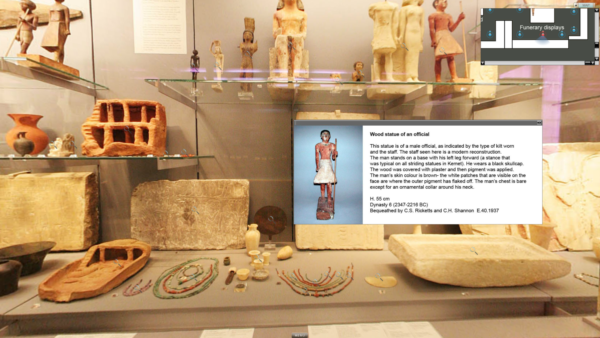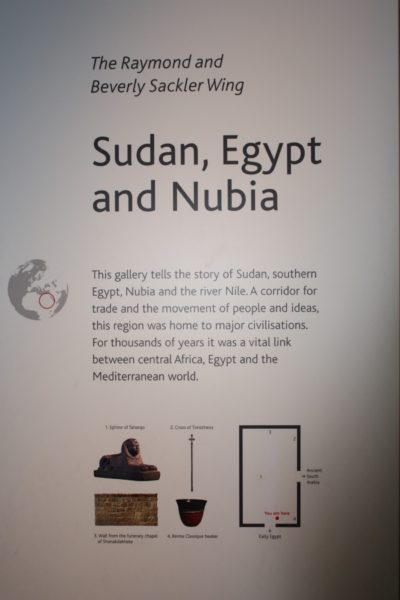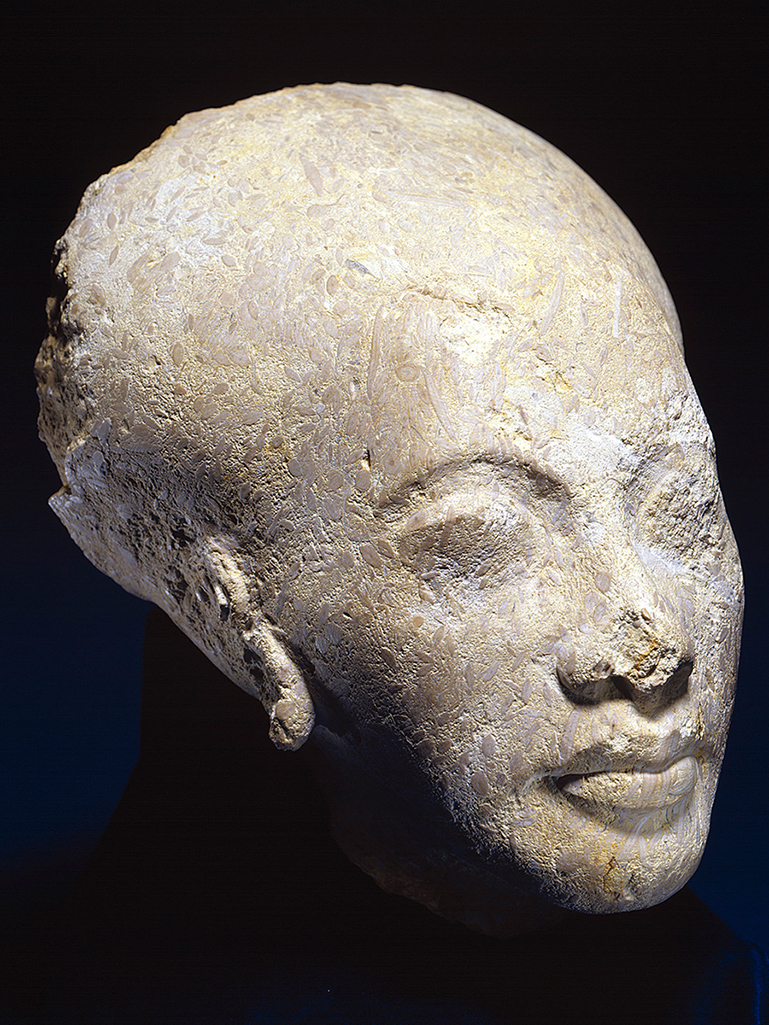Virtual Kemet
I was a curator in the Department of Antiquities at the Fitzwilliam Museum, University of Cambridge from 2002 to 2015. During this time I worked on a number of special exhibitions, including one that traced the history of the head rest in East Africa from Kemet through to the early 20th century CE; another that explored how the Romans interpreted the culture of Kemet; and the final one that I worked on in 2013, which explored the history of the hair comb in Africa and amongst the African Diaspora. A number of resources relating to Kemet can be found on the museum’s website. The idea for the Afro combs exhibition came from Black British community groups and to ensure that the communities maintained a degree of control over the final exhibit, a community committee was set up to guide the whole process.
However, I also work with community members who cannot physically visit the museum. For the past 13 years I have worked in a number of English prisons. Following my first ever lecture in a prison the men, who were serving long term sentences, asked if there was any way of creating a virtual museum so that people who could not visit in person could still access the collections.

The result of nearly 4 years work was Virtual Kemet, an on-line resource that presented Ancient Egypt from an African-centred perspective.
The site

The site is divided into 4 parts: People of Kemet; Daily Life and Religion; Funerary; and FAQ’s. You can navigate around the galleries on line and then obtain more information about any object by clicking on a magnifying glass. This opens a new section with a close up of the object (see above).
The benefits of a virtual gallery
Many museums have on-line resources. However, when I showed the standard searches and catalogues to the men who came up with the idea for the virtual gallery they felt that accessing the past should be more interesting. There was an added problem of not being able to access the internet, and this has also been an issue for some people overseas who only have access to slower speeds. The virtual gallery can be downloaded and used remotely.
There is another benefit of presenting museums on-line. If you speak to any curator they will tell you how limited they are in terms of sharing information. Every object needs to have basic information such as its accession number, material, date, culture, place of origin and how it got to the museum. This takes up quite a bit of space on a label even before any other information is shared.

When community members have asked some museums why they fail to situate Ancient Egypt in Africa as Kemet, they are often told that this is due to lack of space, or the cost implications of replacing or designing additional information panels like those above. A virtual gallery removes these obstacles and means that curators can directly share their knowledge with the public. It also means that alternative interpretations and cultural links that are physically impossible to make in the museum building can easily be presented on-line.

